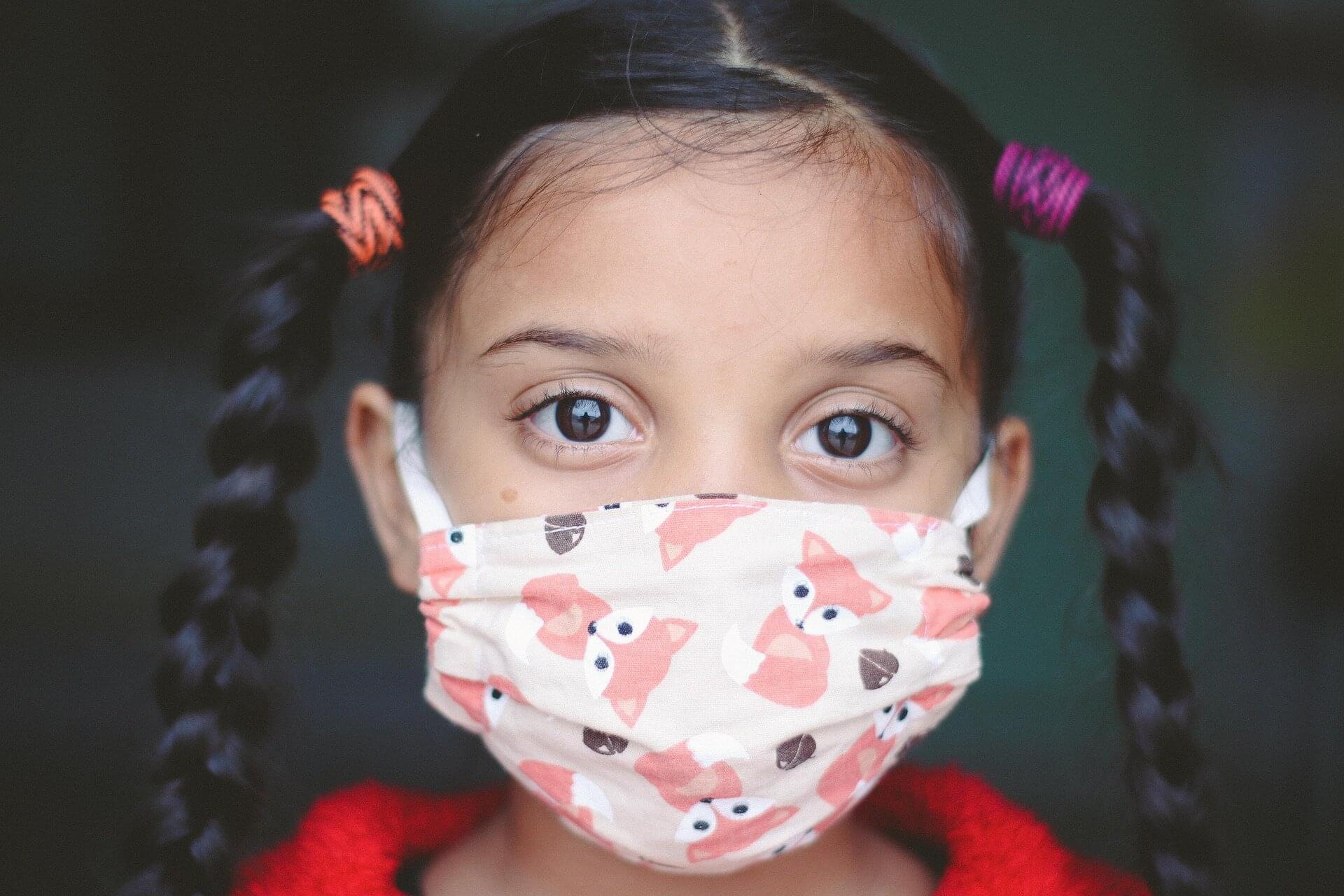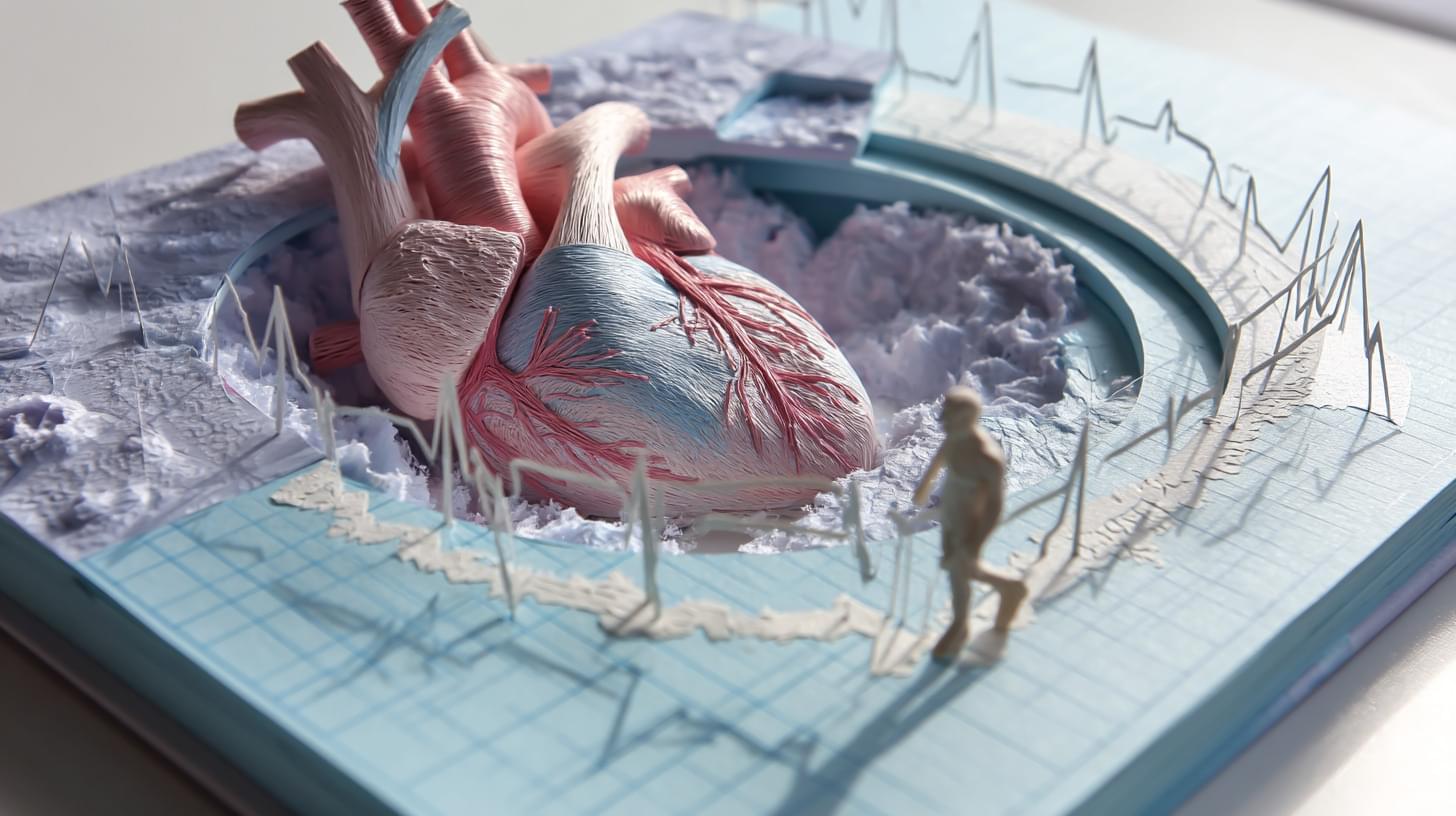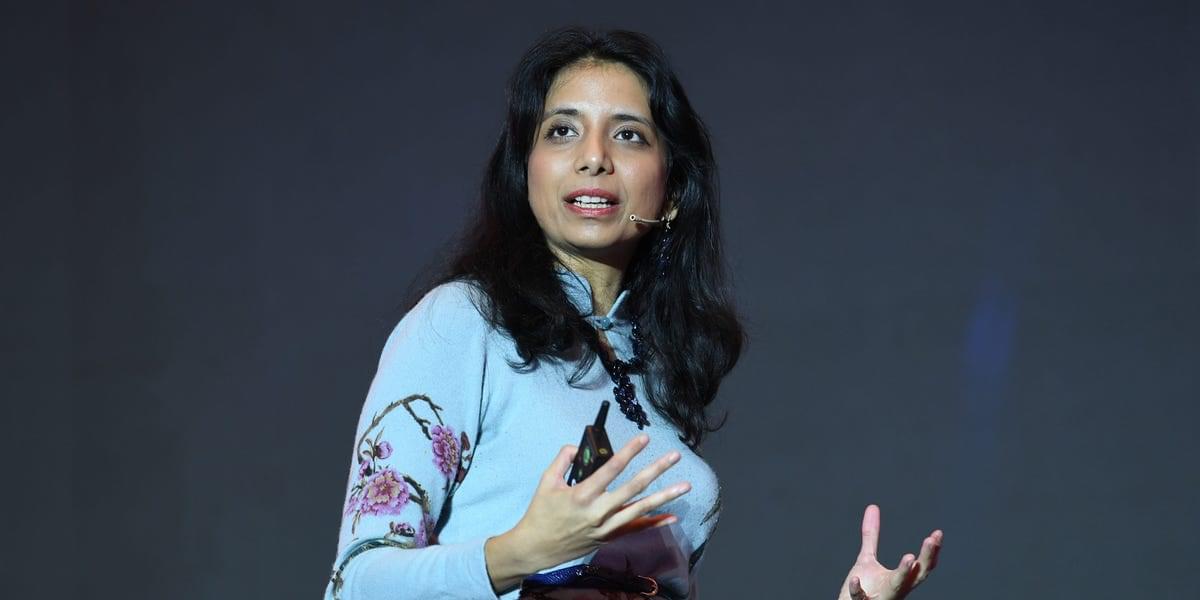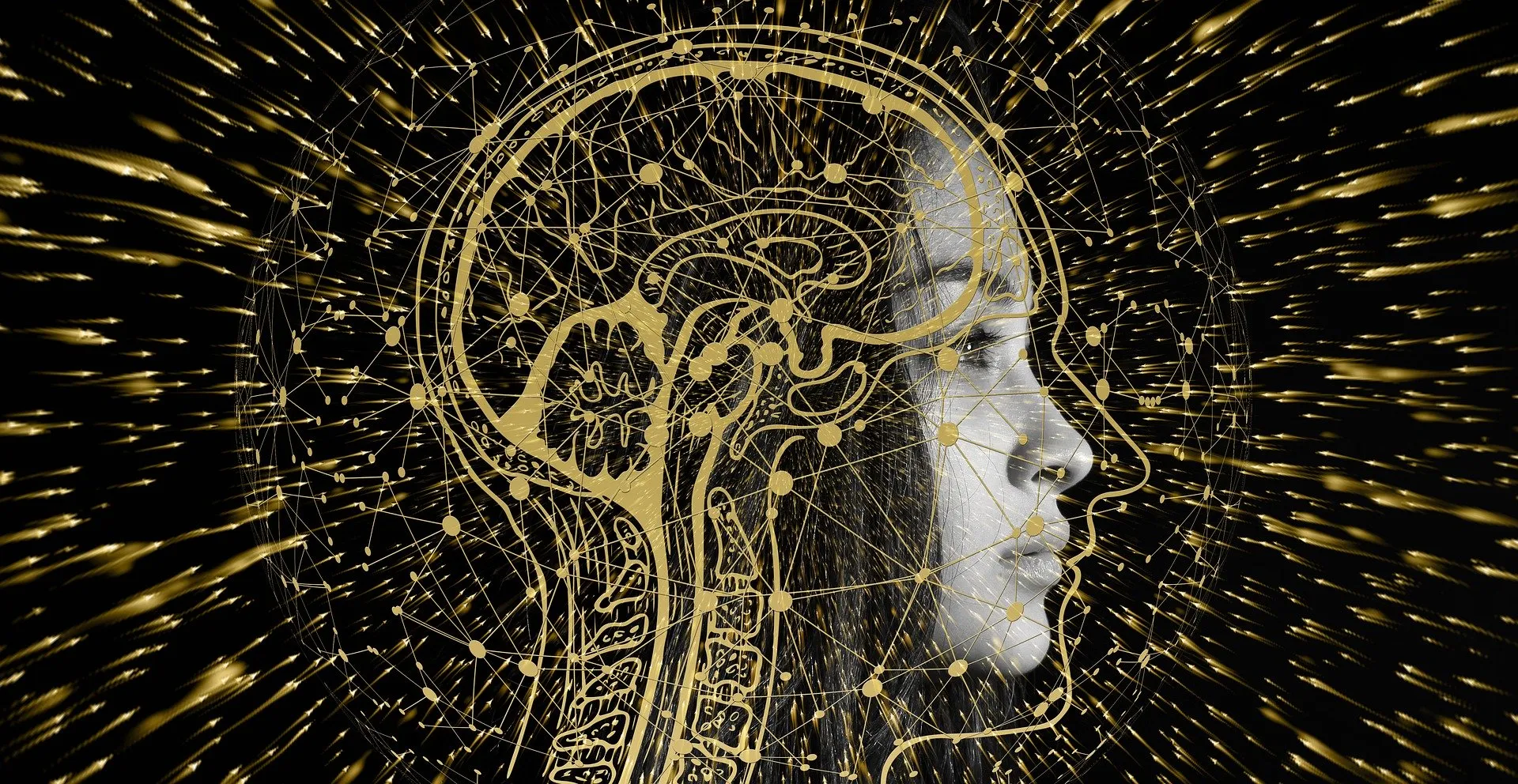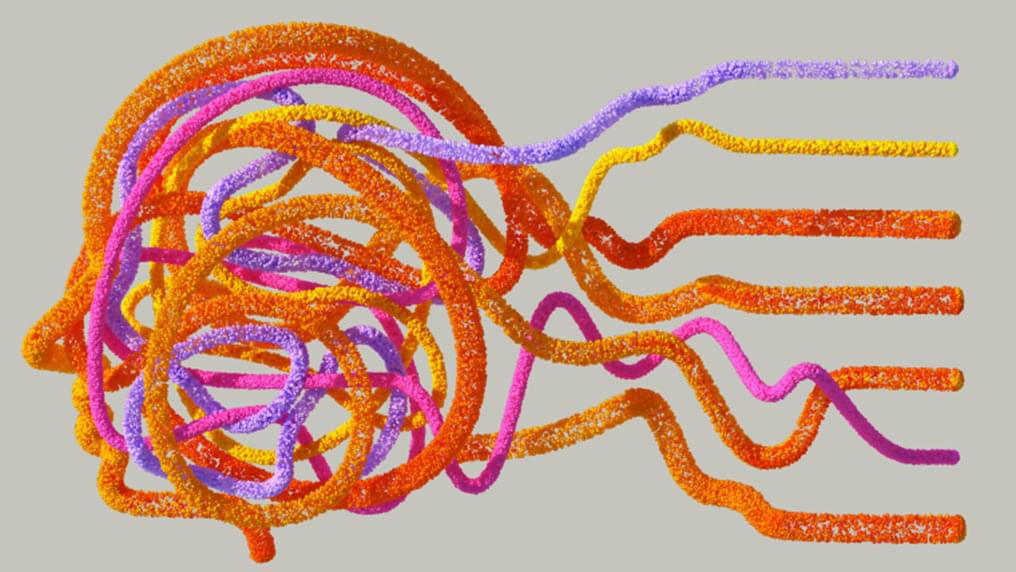Long COVID can result in increased risk for a variety of serious health problems for young people, including those affecting the kidney, gut, and cardiovascular system, according to a group of new studies led by investigators at the Perelman School of Medicine at the University of Pennsylvania.
“While most public attention has focused on the acute phase of COVID-19, our findings reveal children face significant long-term health risks that clinicians need to monitor,” said senior author Yong Chen, Ph.D., a professor in the Department of Biostatistics and Epidemiology. The studies were conducted under the Researching COVID to Enhance Recovery (RECOVER) Initiative, a special project including more than two dozen health care institutions.
These medical centers pooled de-identified data from electronic health records dating back to the start of the COVID pandemic.
